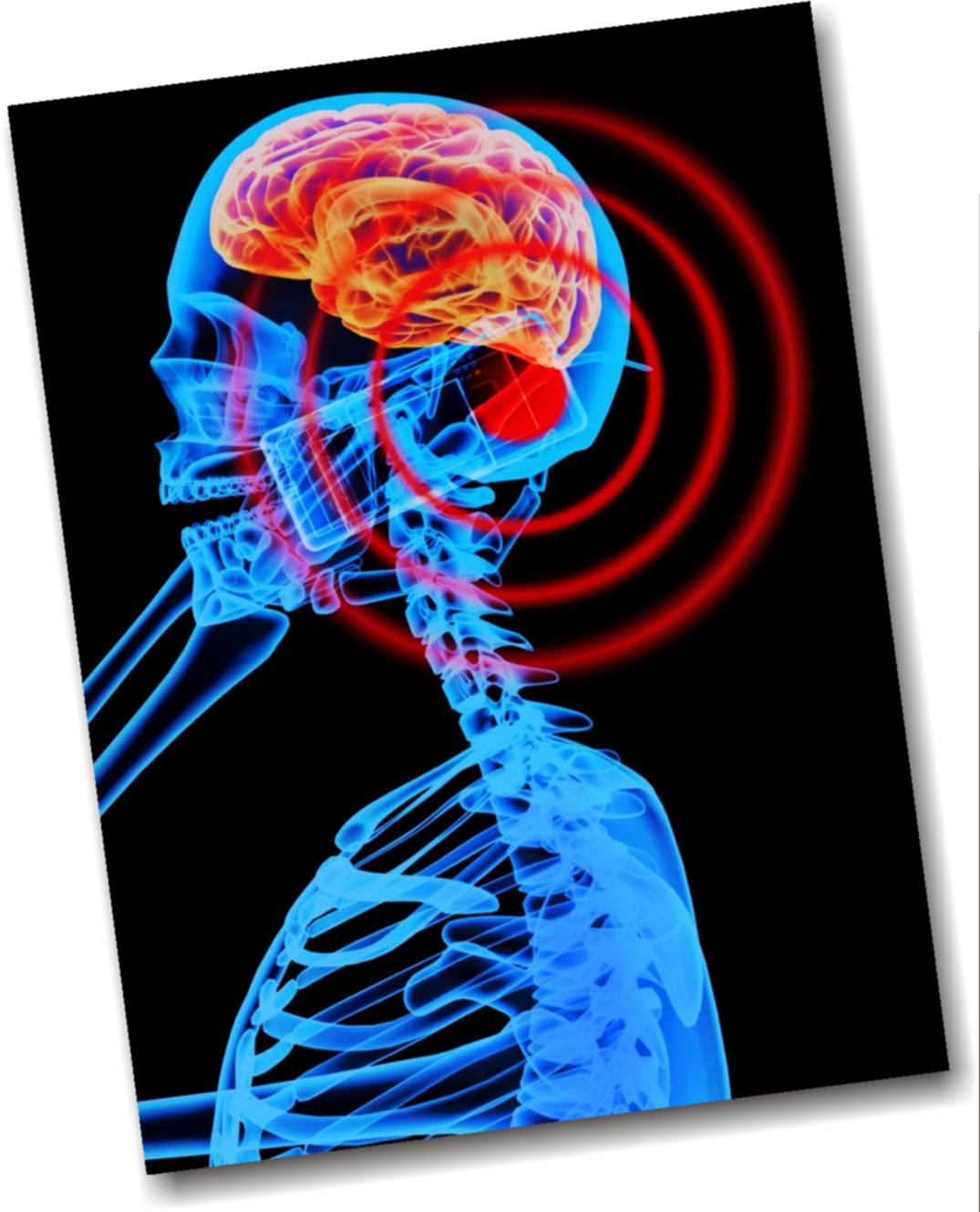| Study Objective: To analyze and evaluate the influence of impuls7 on the condition of the patient. | |
|
Obtain surveys of stress patients:
Measurement of current mental state by means of
Professional evaluation of MDBF by an independent institute (Gelszus fair market research). |
 |
| The statistical analysis of MDBF questionnaires clearly documented the extremely positive effects of impuls7 on the stress levels of patients:The study participants attested to an increase in their “state of relaxation” by an average of 52.2% immediately after receiving the impuls7 treatment. Also, six weeks later, this figure remained at 50%. According to the studies, the participants felt “fresh” (by an increase of 44.3%), “relaxed” (by an increase of 34.7%) and less “restless” (down 30.5%).
The long-term benefits of impuls7 came mainly in the “relaxation” and “fresh-state” the study participants felt. Here, high levels were maintained or partially increased even further up to 6 weeks after therapy. Initial experiences also documented an even longer lasting effect. In particular, the male subjects felt significantly relaxed after the impuls7 treatment. While before the treatments a limited number said they were relaxed (20%), this value increased immediately after treatment to 90%. Also, six weeks after the impuls7 treatment, this figure was still 50%. Overall, participants among all investigated groups (women, men, under and over age 55) were significantly freed of restlessness. In the male control group, participants showing values of restlessness between 10% and 40% before impuls7 therapy and fell to zero after treatment. The therapy process in the pilot study showed no side effects or treatment failures, and only a differing response to varying the intensity of impuls7 treatments could be detected. In particular, the male subjects felt significantly relaxed after the impuls7 treatment. While before the treatments a limited number said they were relaxed (20%), this value increased immediately after treatment to 90%. Also, six weeks after the impuls7 treatment, this figure was still 50%. Overall, participants among all investigated groups (women, men, under and over age 55) were significantly freed of restlessness. In the male control group, participants showing values of restlessness between 10% and 40% before impuls7 therapy and fell to zero after treatment. The therapy process in the pilot study showed no side effects or treatment failures, and only a differing response to varying the intensity of impuls7 treatments could be detected. |
|
